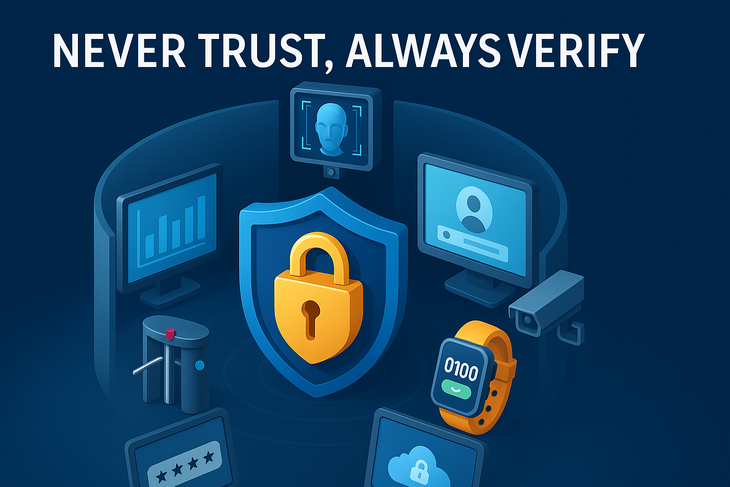
Zero Trust model connects every device with authentication requirements
According to the 2024 Vietnam Cyber Security Research and Survey Report conducted by the Technology Department of the National Cyber Security Association, 46.15% of Vietnamese agencies and enterprises will be cyber-attacked in 2024, with the number of cyber-attacks estimated at more than 659,000 cases.
Why many Vietnamese businesses are attacked by cyber attacks
According to Tuoi Tre Online 's research, in the past, businesses often built an external "firewall" to protect and trust devices and users inside the system by default. However, as network boundaries become increasingly blurred, especially with the popularity of cloud computing, IoT and remote workers, this approach has revealed many limitations.
In Vietnam, recent years have seen a series of serious cyber attacks, from ransomware to data theft through phishing. Meanwhile, the hybrid working model (combining office and remote work) is increasingly popular, making it impossible for businesses to fully control the device environment of their employees.
In addition, the digital transformation process is taking place strongly with the emergence of cloud applications, open APIs, IoT ecosystems... also making businesses vulnerable to hackers if they only rely on traditional security methods.
Specifically, Tuoi Tre Online reported that Direct Securities was attacked on March 24, causing investors who opened accounts at VNDirect Securities Company to "sit on fire" because they could not buy, sell, or check their account status. The attack on VNDirect Securities Company's system is a reminder for the entire market to continue to take measures to ensure system security.
This situation poses an urgent need to accelerate the application of advanced security models, strengthen human resource training, build professional incident response processes and invest in early warning monitoring systems.
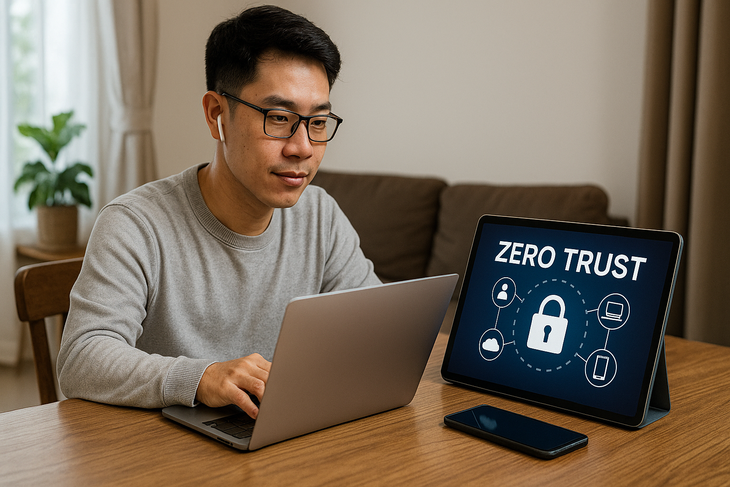
Employees can work remotely with devices connected through a Zero Trust system
What is special about Zero Trust?
Suitable for remote working environments, cloud computing and SaaS platforms, Zero Trust overcomes the limitations of traditional security models and is being recommended by many large organizations as well as national cybersecurity strategies to respond to increasingly sophisticated cyber threats.
With the philosophy of “no trust by default”, Zero Trust helps minimize the risk of internal data leakage and prevent devices from being infected with malware from the system.
By implementing multi-factor authentication, monitoring user behavior, and continuous access checks, Zero Trust minimizes the risk of hackers exploiting stolen credentials. In addition, the network micro-segmentation mechanism helps isolate and localize incidents quickly, preventing them from spreading throughout the system.
A complete Zero Trust system typically includes multiple layers of tightly coordinated components, including identity and access management (IAM) that ensures only authorized users and devices can access the system, and multi-factor authentication (MFA) for added security.
In addition, device control forces connected devices to comply with established security standards, while micro-segmentation helps divide the network, limiting the scope of spread if an attack occurs.
In addition, the system also integrates user behavior analysis (UEBA) to promptly detect abnormal behaviors, along with a monitoring and incident response mechanism (Security Operations) to continuously monitor and quickly handle signs of intrusion.
In Vietnam, many agencies and businesses have begun to learn and apply Zero Trust, especially in the fields of banking, finance, e- government and businesses with sensitive data.
The barriers
However, there are still many barriers when the initial investment cost for Zero Trust is quite large, because businesses need to upgrade network infrastructure, deploy strong authentication solutions, continuous monitoring, as well as invest in advanced access management tools.
Additionally, users can become "inhibited" or even reactive when having to go through multiple layers of authentication and constant verification to access resources.
Another challenge is the lack of personnel with experience in designing and operating Zero Trust systems. If implemented hastily and without planning, Zero Trust can cause disruptions to operations, affecting work performance and user experience.
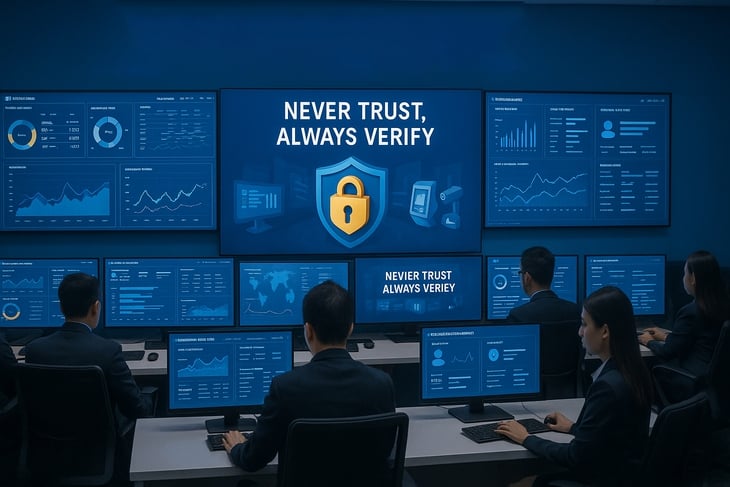
Illustration of SOC (Security Operation Center) room in banks, large corporations,...
Zero Trust, or “No Trust by Default” , is a cybersecurity model designed to address the inherent limitations of traditional security systems. That is, businesses often place trust in internal connections, assuming that all users and devices inside the network are trustworthy after passing through external inspection barriers (such as firewalls).
However, this is a serious weakness. If an attacker successfully penetrates (e.g. through a software vulnerability, or stealing a valid account), they can freely move around the internal system, with serious consequences.
Zero Trust systems require continuous verification of user and device identities throughout a session, not just once upon login, to promptly detect unusual behavior and prevent potential risks.
At the same time, access is granted on a minimal basis, only enough to serve a specific task to limit damage if the account is exploited. In addition, Zero Trust also closely monitors access behavior, analyzes in real time and warns early if abnormalities appear.
Another important element is to segment the network into small zones with their own control policies, which help isolate incidents and prevent attackers from moving laterally through the system. All of these components work together to create a proactive security model that helps businesses strengthen their defenses and protect data against increasingly sophisticated threats.
Source: https://tuoitre.vn/hon-659-000-vu-tan-cong-mang-nham-vao-co-quan-doanh-nghiep-viet-tuong-lua-nao-giup-bao-ve-20250701100122787.htm




![[Photo] Opening ceremony of "Digital Citizenship - Digital School" and commitment to civilized behavior in cyberspace](https://vphoto.vietnam.vn/thumb/1200x675/vietnam/resource/IMAGE/2025/9/5/222ec3b8892f443c9b26637ef2dd2b09)
![[Photo] The drum beats to open the new school year in a special way](https://vphoto.vietnam.vn/thumb/1200x675/vietnam/resource/IMAGE/2025/9/5/b34123487ad34079a9688f344dc19148)


![[Photo] Hanoi students excitedly and joyfully open the new school year 2025-2026](https://vphoto.vietnam.vn/thumb/1200x675/vietnam/resource/IMAGE/2025/9/5/ecc91eddd50a467aa7670463f7b142f5)
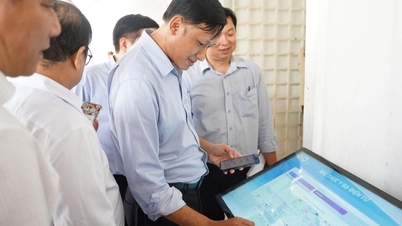

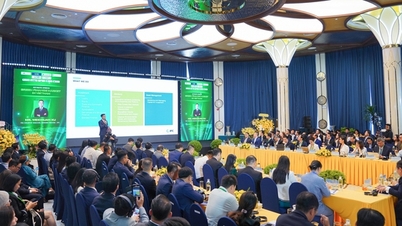



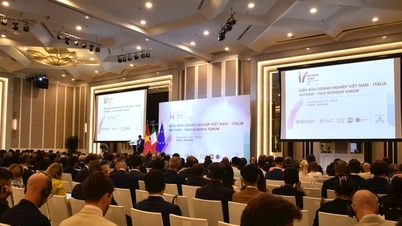



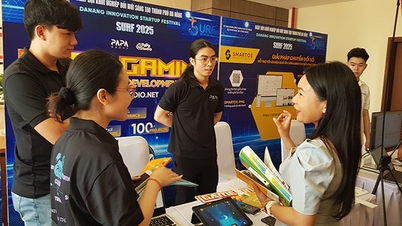

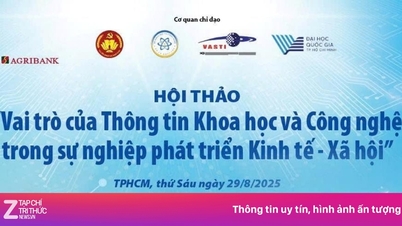




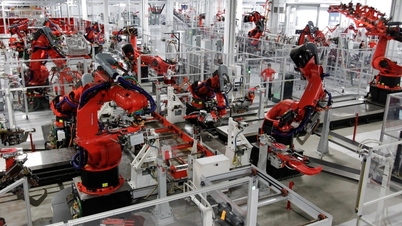







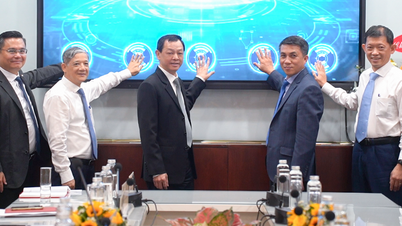





































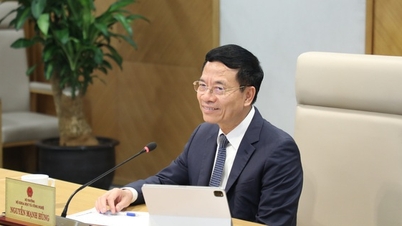



















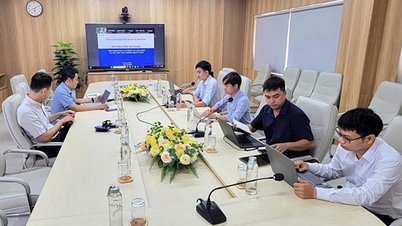










Comment (0)